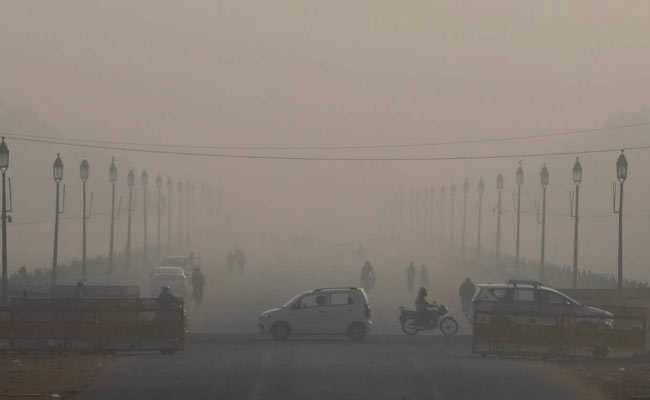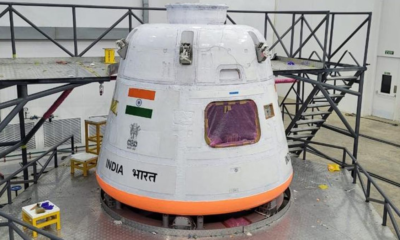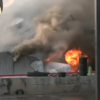Adverse weather conditions as well as the early start of stubble burning, mostly in Punjab, officials from its Central Pollution Control Board (CPCB) said on Friday, are the reason why Delhi’s air quality would worsen over the past week.
The lining of silver? The height of the burning stubble does not correspond with the worst weather conditions.
Rain Received and Ventilation index of Delhi:
There had been seven rainy days in September and October (until October 14) last year, which brought about 121 mm of rain.
There were only three rainy days at the same time this year, and they received only 21 mm of rain. The average ventilation index was 1389 square meters / s during this time, with a short of 636 sq m / s.
The ventilation index is a function of the height of the mixture and the speed of the wind and determines the atmosphere’s capacity to disperse pollutants.
It is considered bad to have a ventilation index below 2350 sq meters/second. The height with which the pollutant blends in the air will be the mixing height.
On Friday, belonging to the CPCB, the contribution of stubble burning to the Delhi PM 2.5 concentration (particulate matter 2.5 microns or smaller in width) was 11 per cent, perhaps a result of the unusually high ventilation index of 8800 sq m / s.
Almost half of Delhi’s emission is accounted for by stubble burning at its peak. Last year, on October 31, it was 44 per cent.
Prashant Gargava CPCB Secretary Stated:
CPCB Member Secretary Prashant Gargava said that since the harvesting of the Kharif (monsoon) crop and stubble burning began earlier than usual this year, the peak of the fires does not correspond with Delhi’s most adverse weather conditions.
According to the Indian Meteorological Department:
As such, the harvest season until October 15 this year would have seen 3515 fires in Punjab and Haryana, almost three times 1217 in the very same period last year, and five times the 773 fires reported in 2018, according to the Indian Meteorological Department.
“Since stubble fires started relatively early this year, we hope that the peak fire contribution will decrease by the time the minimal temperature begins to drop significantly but before Diwali,” Gargava said.
This year, Diwali would be celebrated on November 14. Last year, Diwali was
celebrated on October 27.
Stubble fires at Punjab this Year:
Surprisingly, the contribution from stubble fires this year may also be lower because, according to officials, the area under non-Basmati paddy (which leaves sideburns that needs to be discarded of) has decreased this year after a very long time in both Haryana and Punjab.
The non-Basmati paddy area in Punjab decreased from 2.291 million hectares (ha) to 2.076 million ha this year; the area in Haryana decreased from 648000 ha to just 427000 ha, Gargava said.
By Trilochan Mohapatra:
This year, according to our assessment, about 400,000 hectares of the non-Basmatia area have been used for other crops such as cotton and maize.
This year, of the 2.076 million ha of non-Basmati land in Punjab, only 482000 ha are under the long-term variety Pusa 44. This implies that most farmers grew the paddy variety for short durations and had more time to dispose of stubble.
We are hopeful that this year, the stubble fires will be smaller. Our concern is that the straw management machines that have been distributed should be used efficiently, “said the Director-General of the Indian Council of Agricultural Research, Trilochan Mohapatra.
Prashant Gargava Stated:
Gargava said that field inspections would be carried out from October 15 to February 28, a period of almost five months, based on the CPCB ‘s winter plans.
Industries and development agencies would need to have an undertaking to comply with specified environmental requirements such as dust control, development space coverage, etc.
Inspection teams will also be deployed by the Delhi Pollution Control Committee. Gargava said that annual PM 2.5 concentrations had been reduced by around 20 per cent from 2016 to 2019 and PM 10 concentrations have been reduced by 25 per cent.






































